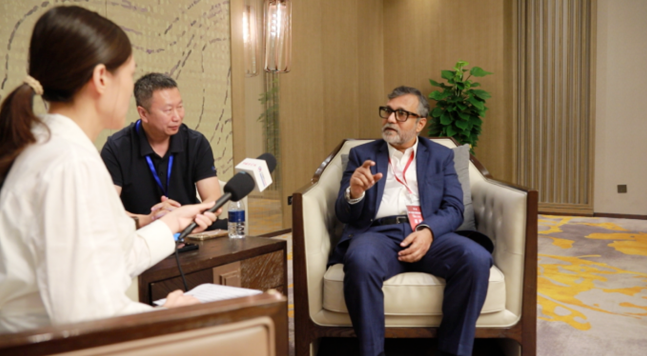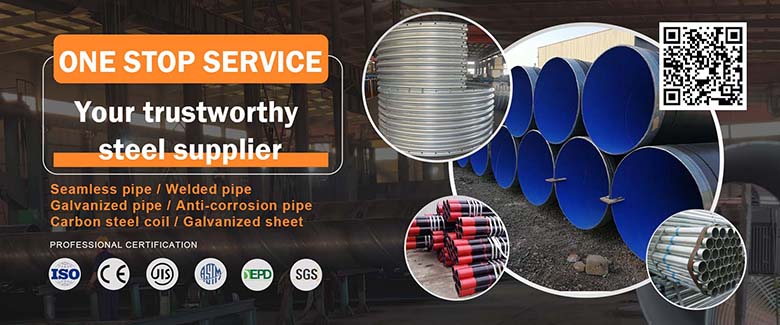Tata Steel's Chief Information Officer: Strive for a leading position in steel digitization
Currently, there are eight "Lighthouse" factories in the global steel industry, three of which Tata Steel holds, having successfully achieved this designation between 2018 and 2021. The company has also been recognized as an Industry 4.0 Leader by Gartner for four consecutive years, leading India in digitalization.
Tata Steel Limited Chief Information Officer Jayanta Banerjee stated that the company has developed a clear technology roadmap since 2018, with core goals including becoming a global leader in steel digitalization and continuously creating business value through digital technologies.

(The picture shows Jayanta Banerjee, Chief Information Officer of Tata Steel, in an exclusive interview with a reporter from the China Metallurgical News.)
From 2017 to 2018, Tata Steel developed a three-phase digital transformation strategy: building cloud infrastructure, comprehensively collecting and applying data, and introducing artificial intelligence. With the exception of the UK operations, which are still pursuing data integration, the entire group has entered the AI application phase. Banerjee believes this approach is applicable to the entire steel industry's intelligent transformation.
He emphasized that data management is the cornerstone of digitalization, yet it is often overlooked. "Artificial intelligence requires high-quality data to be effective, and data quality must be ensured through robust processes and governance."
Tata Steel, a multinational corporation, boasts an annual crude steel production capacity of 35 million tons, operations across India, the UK, the Netherlands, and Thailand, and over 165 subsidiaries and associates. Data integration is crucial for multi-site collaboration. The company uses a standardized IT architecture to enable seamless data migration and unified processing, ensuring consistent KPI definitions. To advance business transformation, the company has integrated management across departments such as engineering and digital technology.
Tata Steel has invested heavily in artificial intelligence, developing and implementing over 600 AI models and processing 11.2 petabytes of data, approximately 80% of which is used in manufacturing, covering aspects such as production and safety. Its digital platform, Aashiyana, enables online sales and has reduced delivery cycles from 7 days to 72 hours. Furthermore, the company has introduced digital scanning equipment at its UK plant to optimize blast furnace operations, saving millions of pounds annually and reducing CO2 emissions by over 50,000 tons.
Banerjee pointed out that digitalization requires more than just technological advancements; it also requires a shift in mindset and behavior. "Our current system utilization rate is 70%-75%, and there's still room for improvement. More information means better decision-making, which in turn enhances our competitiveness."
Despite the industry's current weakness, he advocates for increased investment in digitalization: "Every investment will yield multiple returns," reflected in improved quality and efficiency, reduced energy consumption and carbon emissions, supply chain optimization, and enhanced customer experience. All digital projects at Tata Steel are evaluated based on return on investment and strictly linked to improved KPIs.
Banerjee particularly praised China's progress in digitalization, particularly in robotics. As a "Lighthouse Factory" judge, he noted that Chinese steel companies have actively invested in cloud computing, big data, and artificial intelligence, achieving significant results. He believes that robots simulate the "human body" and, combined with artificial intelligence (the "human brain"), will profoundly transform the manufacturing industry from the perspectives of safety and productivity.
He also emphasized the need to balance social responsibility in the application of technology. In labor-abundant regions like India, a balance should be struck between efficiency and employment, with robots being viewed as "co-pilots" for humans, rather than simply replacing them.









